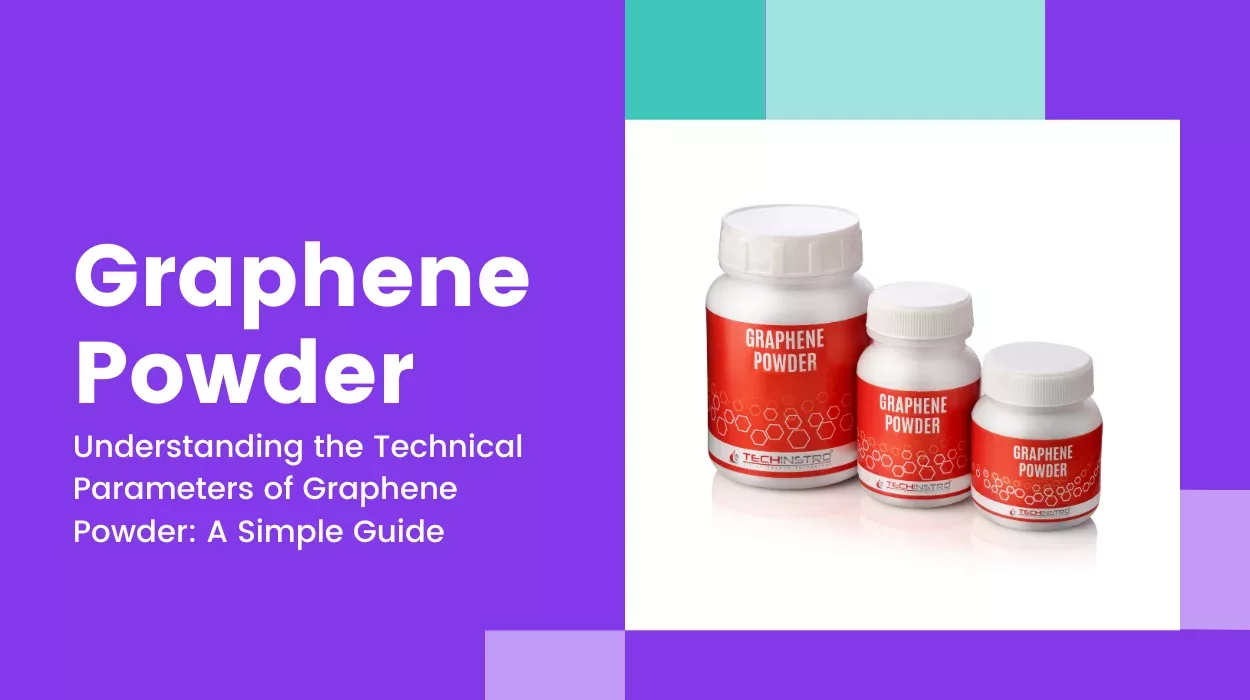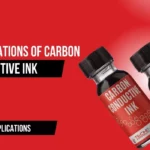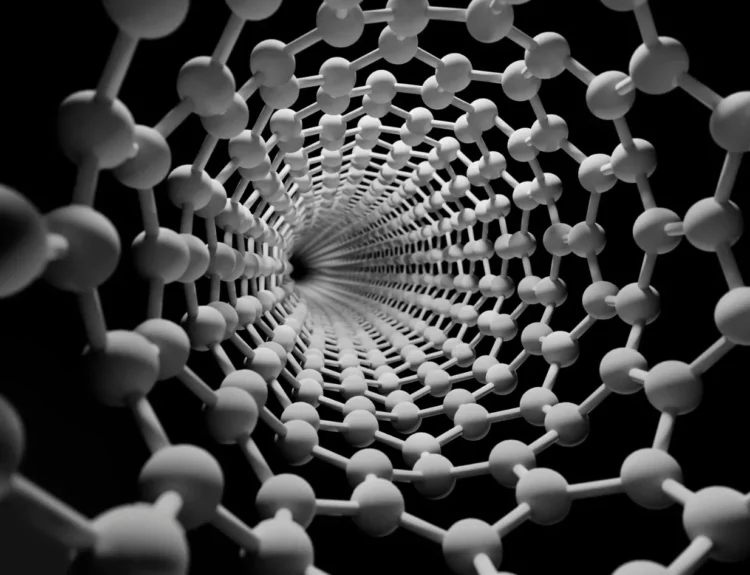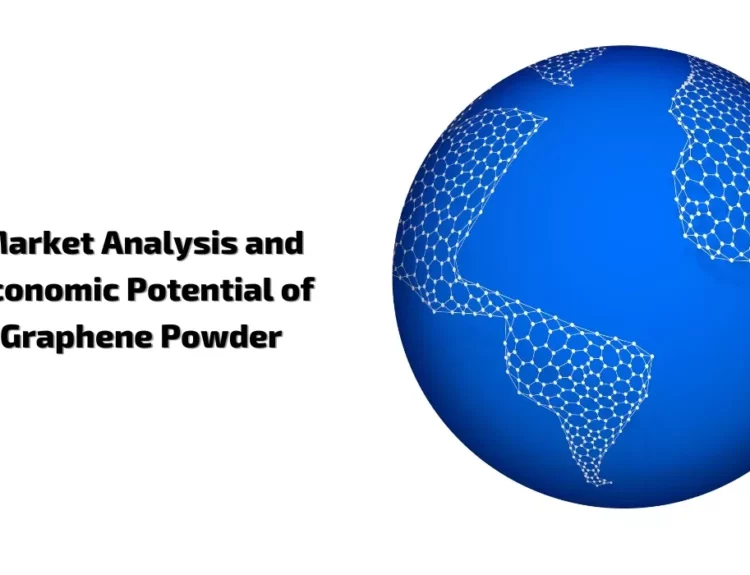Graphene powder is a fascinating material with impressive properties that make it useful in various industries, from electronics to energy storage and medical applications. However, when choosing the suitable graphene powder for a specific purpose, it’s essential to understand its technical parameters. Let’s break down these parameters in simple terms so you can better grasp what makes graphene powder so unique.
Purity
Purity refers to how much of the powder is graphene. High-purity graphene powder means that the material contains very few mixed impurities or other substances. Purity is crucial because the more pure the graphene, the better it can perform its desired functions, such as conducting electricity or reinforcing materials.
- High Purity: Often above 99%, suitable for high-performance applications like electronics.
- Lower Purity: It might contain some impurities, which could be used in less demanding applications.
Particle Size
Particle size is the size of the individual particles of graphene powder. This is usually measured in nanometers (nm) or micrometers (µm). The size of the particles can affect how the powder behaves when mixed with other materials or used in specific applications.
- Smaller Particles (Nanometer Scale): These can provide a larger surface area and are often used in coatings, sensors, and high-performance batteries.
- Larger Particles (Micrometer Scale): These might be used in composite materials, such as when with plastics or metals, to enhance strength.
Surface Area
Surface area measures the surface area of a given amount of graphene powder. It’s typically measured in square meters per gram (m²/g). A higher surface area means more space for interactions with other materials, which can be important for applications like catalysis, energy storage, or chemical sensing.
- High Surface Area is often preferred for applications requiring high reactivity or interaction, such as supercapacitors or drug delivery systems.
- Lower Surface Area: Suitable for applications requiring less interaction, such as structural reinforcements.
Layer Number
Layer number refers to how many layers of carbon atoms are stacked together in each particle of graphene powder. Pure, single-layer graphene is just one atom thick, but graphene powder can have multiple layers.
- Single-Layer: Most conductive and strongest, but more expensive to produce.
- Few-Layer (2-5 layers): It still has excellent properties and is commonly used in research and development.
- Multi-Layer (6-10 layers or more): Less expensive, used in bulk applications where extreme performance is less critical.
Oxygen Content
Oxygen content measures how much oxygen is present in the graphene powder. Some graphene powders, like graphene oxide, have oxygen groups attached to them, which can affect their properties.
- Low Oxygen Content: Indicates reduced or pure graphene with better electrical conductivity.
- High Oxygen Content: This is found in graphene oxide, which is more chemically reactive and more accessible to disperse in liquids.
Electrical Conductivity
Electrical conductivity is how well the graphene powder can conduct electricity. This is an essential parameter for electronics, sensors, and energy storage applications.
- High Conductivity: Necessary for electronic components, conductive inks, and supercapacitors.
- Lower Conductivity: It may still be sound in applications like composites or coatings where other properties are more critical.
Thickness
Thickness refers to the thickness of each graphene layer. Although graphene is typically just one atom thick in powder form, the thickness can vary depending on the number of layers and how they are stacked.
- Thinner Layers: Offer better flexibility and conductivity, used in advanced electronics and flexible devices.
- Thicker Layers: They might be more durable, easier to handle, and used in bulk materials and reinforcements.
Dispersion Ability
Dispersion ability describes how well the graphene powder spreads when mixed with other materials, like liquids or polymers. Good dispersion ensures the graphene’s properties are evenly distributed in the final product.
- Good Dispersion: This leads to uniform performance across the material, crucial for applications like coatings, composites, and conductive films.
- Poor Dispersion: This can lead to clumping or uneven distribution, reducing the effectiveness of the graphene in the final product.
Conclusion
Understanding the technical parameters of graphene powder is crucial in selecting the correct type of graphene for your needs. Whether you’re looking at purity, particle size, surface area, or any other parameter, each one plays a role in determining how the graphene powder will perform in different applications. By knowing what to look for, you can ensure that you’re using the best possible graphene powder for your project, unlocking the full potential of this incredible material.







